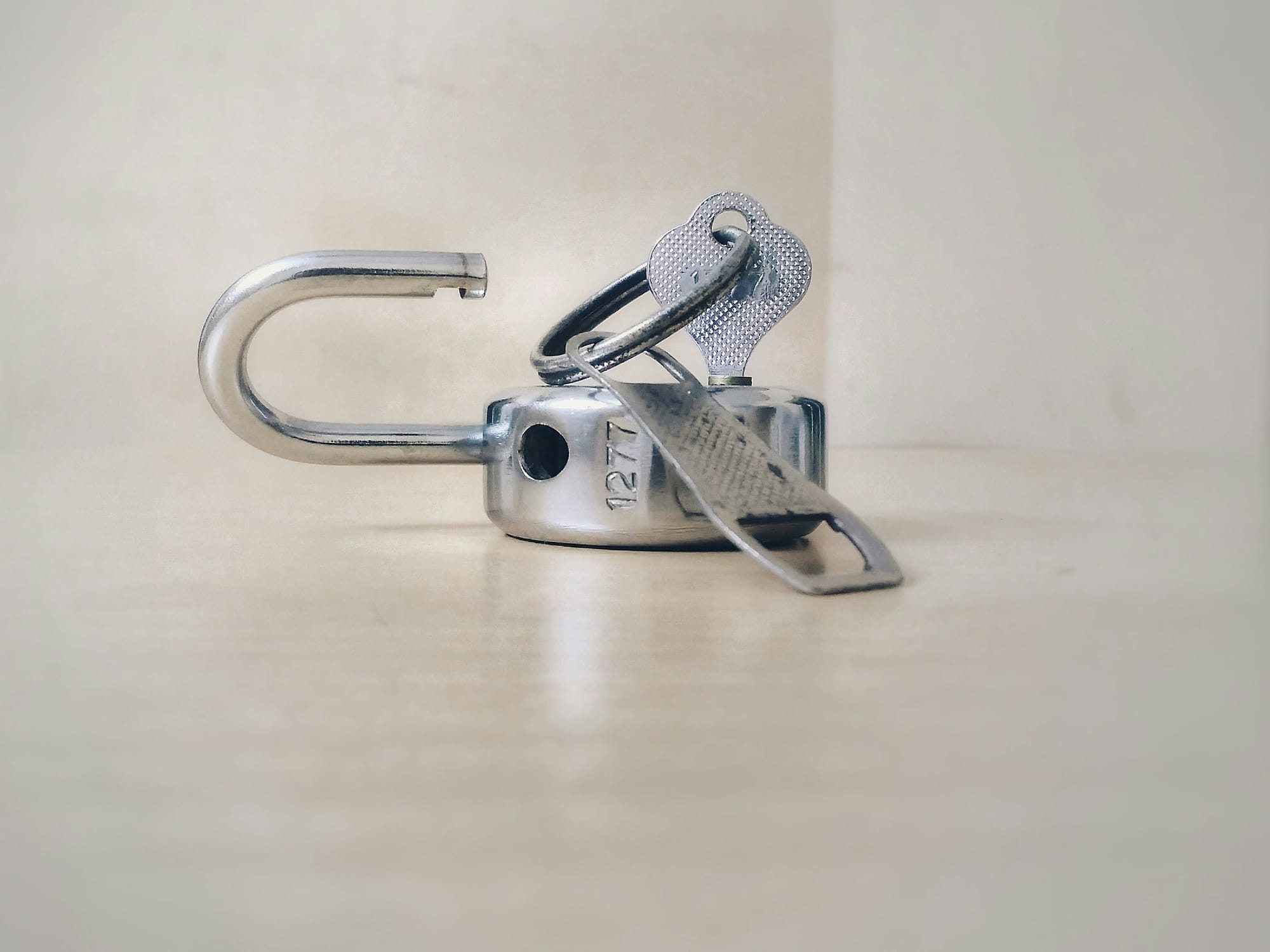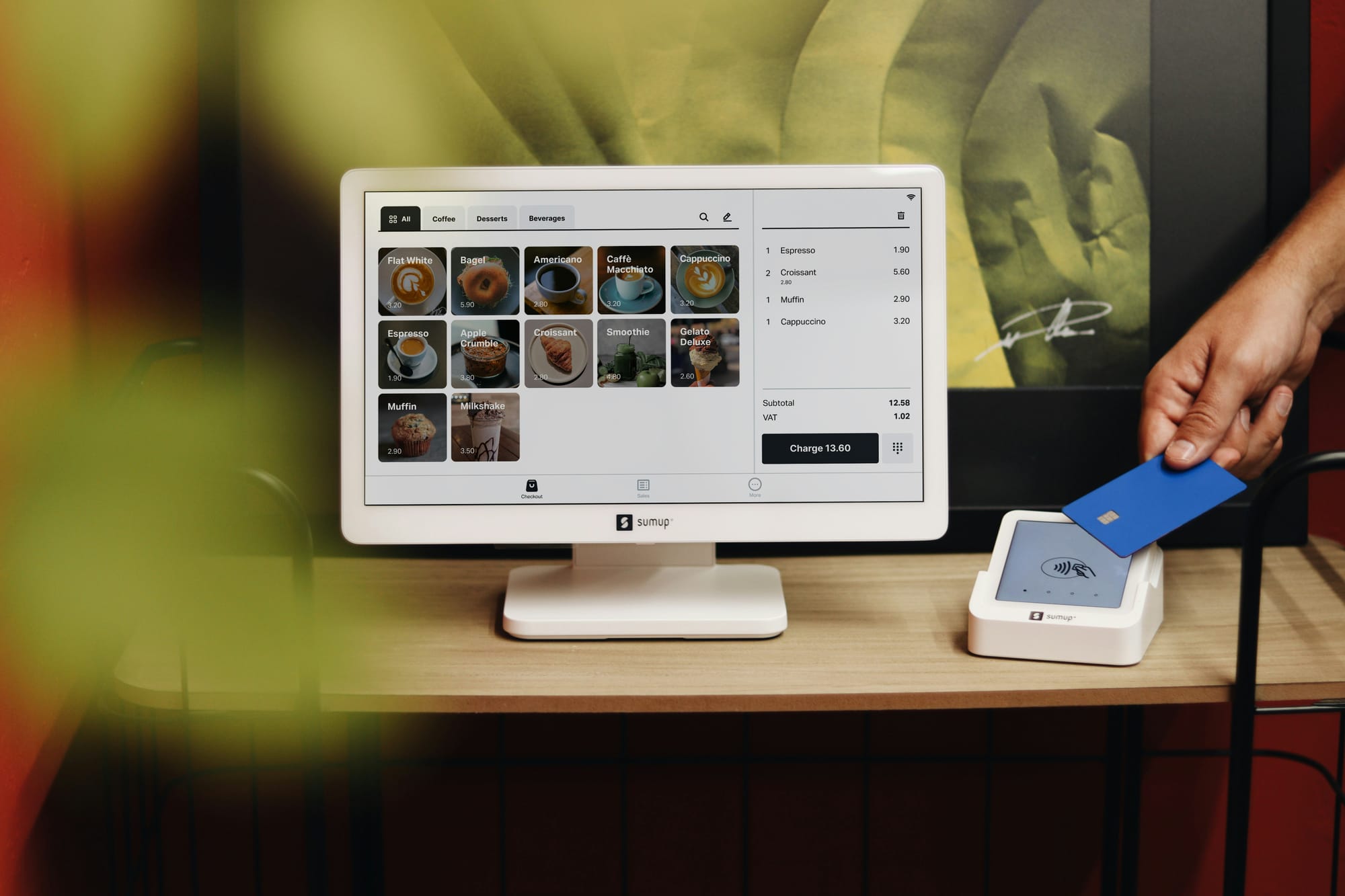Unlock the benefits of website personalization
We all want more online sales. The online world is also consistently changing. How do you choose what to try next?!
Website personalization is becoming a popular strategy for online businesses.
You can increase engagement and boost conversion rates. How? By creating tailored experiences for your customers.
In this article, we explore the many benefits of website personalization. We give you actionable ways to unlock the full potential of your online business.
Let’s dive into how personalization can transform your website into a high-performing digital asset.
What is Website Personalization?
Website personalization involves creating a customized experience for each visitor. By using data about their behavior, preferences, and interactions.
Gone are the days of offering a one-size-fits-all experience. Personalized websites adapt their content, layout, and offers to meet the needs of individual users.
Examples of website personalization include:
- Displaying product recommendations based on browsing history.
- Tailoring homepage content for returning visitors.
- Offering location-specific promotions or shipping options.
- Customizing CTAs (calls to action) based on user segmentation.
The core benefits of website personalization
Website personalization has many advantages. And there is plenty of proof that it has a positive impact on our online sales. Just look at the success of Amazon for starters!
Personalization allows us to create a tailored user experience. We can address individual customer needs more effectively. This makes visitors feel valued and understood.
So, are you ready to build stronger connections with your audience?
And drive measurable results across marketing KPIs?
Here we explore the core benefits in detail. And give you advice and real examples to get you started.
1. Enhanced user engagement
One of the core benefits of website personalization is increased user engagement. Create a more relevant and enjoyable experience.
How? By showing visitors content that aligns with their interests.
This encourages users to:
- spend more time on your site
- explore multiple pages
- engage with your content
Our advice:
- Use dynamic content to display personalized product recommendations
- Adjust homepage banners based on user activity
- Create personalized blog post recommendations. This will guide users deeper into your content funnel.
Example:
Netflix’s algorithm tailors its homepage based on viewing history. This makes sure users see shows and movies that match their tastes.
This highly personalized experience keeps users engaged. And keeps them coming back for more.
2. Higher conversion rates
Personalization reduces friction in the customer journey. Which impacts conversion rates. When users see things tailored to their needs, they are more likely to click. This completes a conversion.
Our advice:
- Use exit-intent popups with personalized offers. This will re-engage users before they leave.
- A/B test personalized landing pages. This will determine what resonates most with different audience segments.
- Implement geo-targeting to display region-specific promotions or pricing. You can use ConversionWax to do this!
Example:
Amazon’s “Recommended for You” section brings in a significant portion of its revenue.
By showing users products they’re likely to purchase, Amazon increases both conversions and average order value (AOV).
3. Improved customer retention and loyalty
Personalized experiences improve the connection between the customer and your brand.
When users feel that your website “understands” them, they are more likely to return. This builds loyalty and enhances customer lifetime value (CLV).
Our advice:
- Send personalized post-purchase emails. Include product care tips or complementary product suggestions.
- Use loyalty programs that provide personalized rewards. You can base this on customer behavior.
- Display a dynamic dashboard for returning SaaS users. Highlight relevant features or updates.
Example:
Spotify’s “Discover Weekly” playlist curates music based on user preferences.
This makes listeners feel valued and encourages them to remain subscribers.
4. Increased Average Order Value (AOV)
Website personalization encourages users to add more items to their cart. You can do this by suggesting complementary or upgraded products.
This increases the AOV. And improves the overall shopping experience.
Our advice:
- Use “frequently bought together” sections on product pages.
- Offer tiered discounts for users who spend above certain thresholds.
- Highlight personalized upsell opportunities. Add this during the checkout process.
Example:
An online fashion retailer might recommend accessories that pair well with a dress.
This increases the likelihood of an upsell.
5. Reduced bounce rates
Personalization helps reduce bounce rates. Users are less likely to bounce when they land on a page that immediately meets their needs.
Achieve this by:
- presenting relevant content,
- highlight offers, and
- provide navigation options
Align these to your user’s intentions.
Our advice:
- Personalize your homepage for new vs. returning visitors.
- Use intent-based personalization to adapt landing pages to the user’s search query.
- Show location-specific banners for international users. You can do this easily with ConversionWax.
Example:
A travel booking site can display local destinations and deals based on the user’s IP address.
This captures interest and reduces the chance of them bouncing to a competitor.
6. Data-driven insights for continuous improvement
To personalize, we need to collect user data. Then analyze it. This gives us insights into customer behavior and preferences.
These insights help guide marketing strategies. And support product development decisions.
Our advice:
- Use heatmaps and session recordings to understand user interactions.
- Regularly analyze the performance of personalized content and offers. This will help you refine your strategy.
- Leverage AI tools to identify patterns in customer behavior for deeper personalization.
Example:
By analyzing customer data, a SaaS company might discover that certain features are underutilized.
I can then adjust its onboarding process to emphasize those tools.
7. Stronger brand differentiation
In a competitive marketplace, personalization helps set your brand apart.
Businesses that offer tailored experiences stand out to customers. It can give you a competitive advantage.
Our advice:
- Develop a personalization feature that aligns with your brand identity.
- Highlight personalization in your marketing campaigns.
- Use customer testimonials to show the impact of personalized experiences.
Example:
Stitch Fix’s business model revolves around personalized styling services.
This has allowed it to carve out a niche in the fashion industry.
8. Optimized marketing ROI
Rule one in Marketing. Target the right audience with the right message at the right time.
Website personalization maximizes your marketing ROI.
Personalized experiences often give us higher conversion rates. And lower customer acquisition costs (CAC).
Our advice:
- Use retargeting ads to bring back visitors with personalized messages.
- Segment your email lists to deliver hyper-targeted campaigns.
- Personalize discounts and promotions based on customer lifetime value.
Example:
An e-commerce store retargets abandoned cart users with a personalized email. They also include a discount code.
They then see higher ROI compared to broad, untargeted email campaigns.
9. Better customer insights
Personalization tools provide us with data about customer preferences and behavior.
This data is rich. It can be used to refine your overall marketing strategy. And improve your offerings.
Our advice:
- Use predictive analytics to anticipate customer needs.
- Create detailed customer profiles. Use them to guide future personalization efforts.
- Share insights with your product and marketing teams to align strategies.
Example:
A SaaS company uses data from personalized dashboards to identify common user pain points.
It can then incorporate solutions into future product updates.
How to implement website personalization effectively
The benefits of website personalization are clear. But implementing it requires a thoughtful and strategic approach:
- Invest in the right tools. Choose personalization platforms like ConversionWax to deliver tailored experiences at scale.
- Start small. Begin with basic personalization efforts. Such as dynamic product recommendations. Then gradually expand your strategy.
- Test and optimize. Continuously measure the impact of personalization through A/B testing and data analysis.
- Prioritize privacy. Make sure you’re compliant with data privacy regulations like GDPR and CCPA. Be transparent about data collection and usage.
- Align your teams. Encourage collaboration between marketing, design, and development teams. This will help you to implement personalization seamlessly.
Conclusion
The benefits of website personalization are huge. It’s more than just a nice user experience.
It’s a powerful tool for any online business. It can boost your conversions. Increase average order value. And optimize your whole marketing strategy.
Give your business the competitive edge. Use data wisely to deliver tailored experiences. And apply them across the whole of your website.
Give it a go today!
Start small. Focus on your audience’s needs. And use your data to refine your approach.
Embrace website personalization. Unlock the full potential of your website.
Get started with ConversionWax
-

Unlock the benefits of website personalization
-

E-commerce conversion best practices
-

Your ultimate Conversion Rate Optimization checklist
-

How to: complete a Conversion Rate Optimization audit
-

An easy guide to ecommerce website optimization
-

Your guide to Conversion Rate Optimization best practices
-

Landing page optimization - maximizing your conversions
-

Website performance optimization techniques to boost your online business
-

Benefits of website personalization for online businesses
-

How to improve your ecommerce checkout conversion

